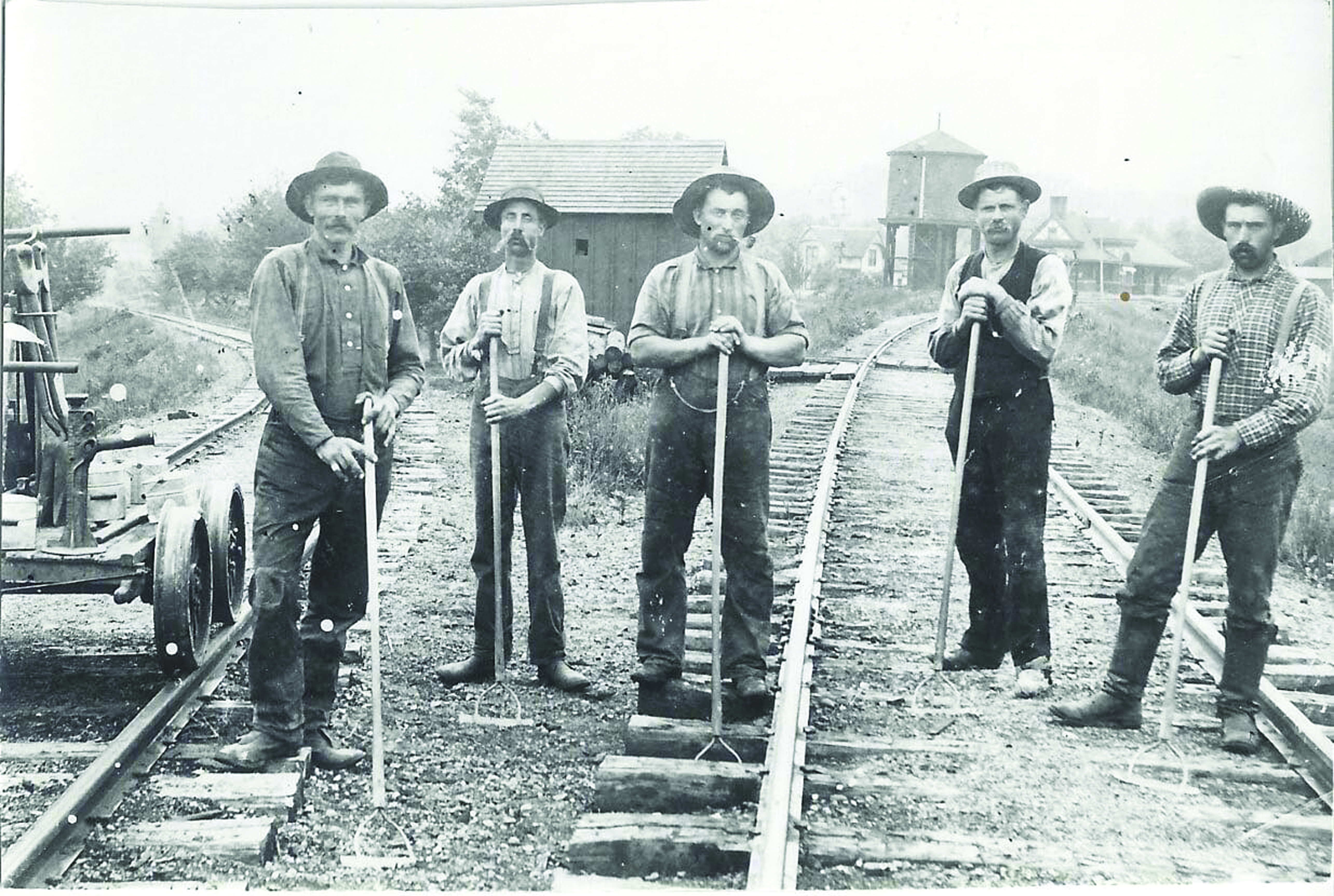
Flushing men working the railway in the late 1800s
Flushing Settled: 1835
John Reed was missing and residents of the “English Settlement” area of Flushing were worried. He was known as a man of fiery nature who often ran into trouble. His friends feared that his temper had gotten the better of him – and it had – just not in the way they thought. Being from overseas and not accustomed to pioneer life, those in the English Settlement had a way of mucking things up in the early days. So, when Reed was found sleeping in the forest wearing a single boot and accompanied only by his cow, it wasn’t surprising. The evening before, he had become incensed that his cow wouldn’t listen to him. It repeatedly ignored his commands, instead content to simply chew grass and swat flies. In his anger, Reed berated the cow and chased it into the forest where he became lost. Being hungry, he took off a boot, filled it with milk and drank. When the locals found him covered in bug bites asleep against a log next to a boot covered in milk with his lone cow, they all had a great laugh. The English had a lot to learn.
Early Pioneers
Genesee County was a hotbed of pioneer activity in the 1830s. Land was at a premium and was quickly being gobbled up by anyone with the courage to strike out into the wilds. By 1835, the area south of Flint was a land filled with newcomers. New settlers had no choice but to look north. Rufus Harrison took the chance and became the first settler in the land of Flushing Township. Close on Harrison’s heels came Clark Abby, Waterman Neff, Henry French and John Evans. Later in the year, David Penoyer arrived and, having no money, traded his horse for a small tract of land. There, he began his family, the most notable of which was his son, Lewis. After his father died when Lewis was 16, he set off north in search of his own destiny. Lewis Penoyer became a lumber baron operating in the area of Bay City and was the first to ship lumber by railway. He later became president of the Bradley-Ramsay lumber Company out of Louisiana.

The Flushing Canning Factory, founded in 1912 was commonly called “The Pickle Factory” by Flushing residents and was extremely lucrative, making $30,000 in its first year (equivalent to over $750,000 today).
In 1836, Thomas L. L. Brent arrived in the area and purchased an astounding amount of land (he owned almost 70,000 acres throughout the state). That year, Brent built a dam across the river and the first mill. Many area settlers made their fortunes working on the farms of Brent including Henry French, David and James Penoyer, and James Bailey. Brent’s farm was extremely well known in the area and today, Brent’s Creek runs through his lands. Although he was well known and liked in his time, Brent died lonely and penniless, his acreage sold at discounted prices. The son of a Virginian senator, Thomas Brent traveled across Europe as a young man where he fell in love with and married a woman from Spain. He brought her back to America and took a job in the state department. Due to religious differences, the couple was disowned, and they headed north. After arriving in Flushing, he built his beautiful house which he dubbed Rosemont. Mrs. Brent became increasingly withdrawn and unhappy. Soon, the work became too much and the money ran out. Brent died in 1858 and his wife soon after, as creditors were removing the family furniture from their home. Rosemont was demolished in 1966 to make way for a subdivision.
Later in 1836, Charles Seymour and Horace Jerome laid claim to the area that would become the village of Flushing. They combined forces and operated a mill and lumber company. Seymour would go on to found Flushing Mills and in 1840, platted the Village of Flushing (his brother James would finish the task in 1847). Horace Jerome, on the other hand, deigned to establish the Flint Rapids Bank. It failed within a year’s time and Jerome found himself destitute. He left the area, never to return.
The winter of 1837 came early, destroying harvests and causing grief to area pioneers. John Paton came to the area with his family from his home of Scotland. He settled into a hard life and wrote back home about what he and others had faced. “It commenced in October, and is now snowing; the snow in the woods is now two to three feet deep … We hear of cattle dying in all directions, and of some farmers knocking the whole of their cattle on the head, to save them from lingering starvation.” Mr. Paton’s House still sits on the corner of McKinley and Coutant Streets. Despite the hardships, the land continued to fill with people. In fact, in that year of strife, the first child in the township was George French, born to Henry.
In 1838, area settlers gathered at the home of Ezekiel Ewing for discussion of Genesee County’s decision to divide the area north of Flint into two separate townships. Genesee Township was to be formed east of center and Flushing Township to the west. The name pays homage to the town that some of the area settlers came from – Flushing, NY. The next year, the first post office was established with Ewing as postmaster. Taught by Marshall Talbot, the first school began in a lean-to attached to Ewing’s house.
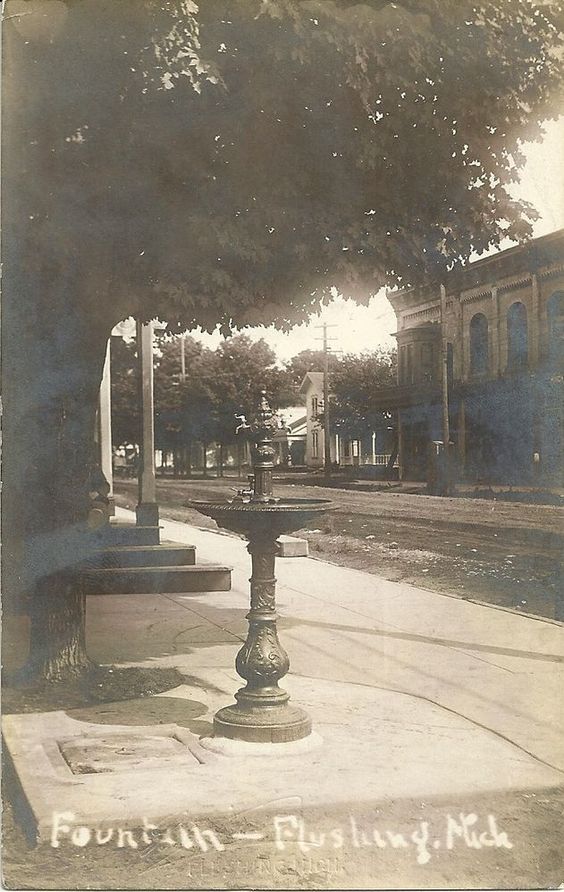 In 1840, a group of surveyors had scoured the Township’s northwest corner for their English clients and a month or two later, a large contingent of pioneers arrived from across the pond. John Reed, James Bailey, Samuel and James Wood, Thomas Newell, Thomas Hough and Richard Bowden created the “English Settlement.” The English settlers were new to pioneer life and, in the beginning, ran into a wide array of problems that the area’s original homesteaders found quite humorous. Nevertheless, those in the English Settlement were good people and well-accepted. In 1845, the English Settlement opened its first school with Huldah Ann Felt teaching.
In 1840, a group of surveyors had scoured the Township’s northwest corner for their English clients and a month or two later, a large contingent of pioneers arrived from across the pond. John Reed, James Bailey, Samuel and James Wood, Thomas Newell, Thomas Hough and Richard Bowden created the “English Settlement.” The English settlers were new to pioneer life and, in the beginning, ran into a wide array of problems that the area’s original homesteaders found quite humorous. Nevertheless, those in the English Settlement were good people and well-accepted. In 1845, the English Settlement opened its first school with Huldah Ann Felt teaching.
Cornelia Moore Chillson Moots (AKA Mother Moots) became a State Evangelist in the Woman’s Christian Temperance Union and in 1843, called for prohibition and women’s suffrage. With her cries falling on deaf ears in Flushing, she left and attended Albion College after which she achieved great fame for her beliefs and fiery sermons.
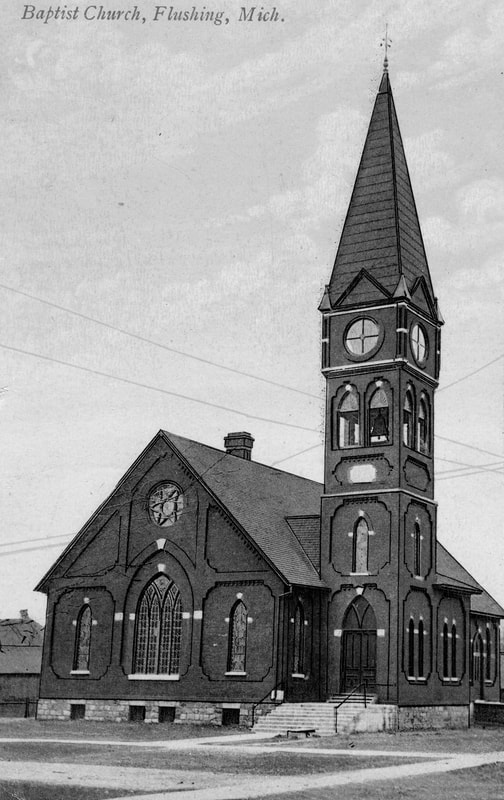
The Flushing Baptist Church was a popular landmark in the early days.
The 1840s, 50s and 60s brought great growth to the area with the beginning of the Methodist Episcopal Church and First Baptist Church (1845), the Flushing Cemetery (1847), the Flushing Cornet Band (1849), St. Roberts Catholic Church (1854), Daniel Cotcher’s Halfway House (1855) and Robert Parsell’s Flushing Exchange (1865). In 1871, the first official public high school was built. The Flushing Ladies’ Library Association was started in 1873 and a small library established in Downtown Flushing. The group disbanded in 1905.
Three years before Flushing was incorporated as a village (1877), the Wolverine Fire Company was created with Arza Niles as first engineer. The company saved the village from a devastating fire in 1878. That year, Ira Terry Sayre was one of the first to graduate from Flushing High School. He organized the Peoples State Bank and in 1898 was elected to the Michigan
Senate. Years before, Flushing’s Halley Prosser was elected to the Michigan House of Representatives. The Flushing Observer was started by Albert E. Ransom and would continue to bring news to the residents of the township until its final report in 2012.
The area received a boon when the railroad depot opened in 1888. Afterwards, the downtown area grew quickly with new storefronts opening and prospering. The century ended with a large political rally for President McKinley on the downtown streets (McKinley Road was named for the president.)
Joe Gage
In 1902, Fred Sayles of Flushing called on his friend, Joe Gage, to help him establish an athletic club in the village. Gage showed up and fell in love with Flushing. The first black man in town, he stayed to help his friend and become a barber.
Joe Gage previously lived in Ithaca, MI and worked in W. F. Thompson’s butter tub factory. The son of former slaves, Gage was the only African-American man in Ithaca. He earned great fame for his boxing prowess, even though the sport was illegal in Michigan at the time. Bouts were advertised as “sparring matches” in order to draw crowds and bettors. Still, most matches ended in a chase with police officers. Gage quickly became known as “Ithaca’s Colored Champion.” While there, he also performed as a singer at the Opera House and in the mandolin club. In 1892, he became the first black man in the Ithaca Fire Department.
After moving to Flushing, Gage became the most loved barber in town. He specialized in women’s hairstyles and was known for giving young boys their first “shave” by running the back side of his comb over their lathered face. He soon joined and headed the Flushing Fire Department.
Throughout his life, Gage was known as a man who would not tolerate any kind of slur or mistreatment of himself or others due to race or perceived defect. He was a man of integrity, held in high esteem by many.
On his 87th birthday, Gage was honored by local businessmen with a lavish party and luncheon. The event drew over 1,300 people to Flushing which was the biggest crowd in the village up to that point in its history. “I don’t know what I’ve done to deserve all this,” said Gage. “I don’t think I deserve it. I’ve lived a long and happy life, especially the part I’ve lived in Flushing. I would do it all again but I’d like to change one thing. I’d like to be born with white skin. I just keep wondering what it would have been like. I’m not finding fault. I’m just curious. God bless you, everyone.”
Joe Gage was another sort of pioneer. He was the first black man in Flushing and a wonderful part of its history.
Contemporary Era
In the early 1900s, Flushing Township remained an area of opportunity. Flint and lands south were exploding with commerce while areas north grew at a much slower pace allowing time for appreciation and community. In 1913, the Tuesday Club opened a new library on the second floor of the People’s Bank building which grew in volumes until it was forced to move to the Old Presbyterian Church and in 1940 was remodeled. In 1964, the Marian Packard Adult Reading Room was built. The library joined the Genesee District in 1966 and in 1990 moved to its present location. Learning continued to develop when, in 1927, the Flushing High School was built. A student walk-out happened three years later in support of the superintendent who was fired by administration.
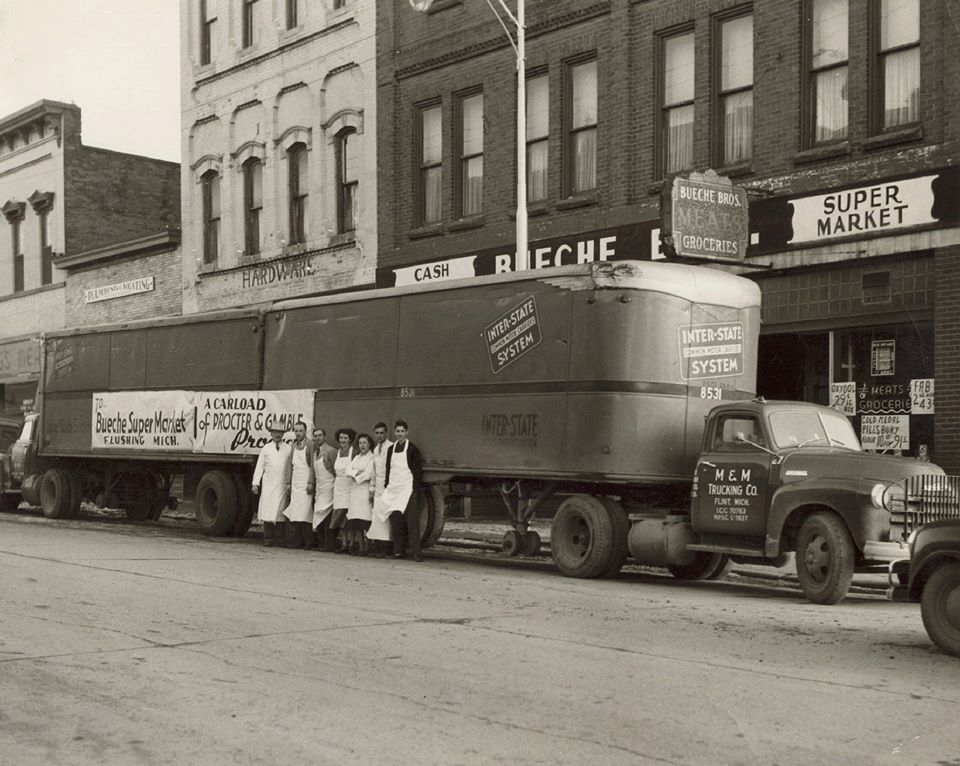
Bueche Bros. supermarket opened in 1914. Here, it receives a delivery.
Bernard Bueche opened a small grocery store in 1914 on the corner of Main and Maple Streets that would grow to become Bueche’s Food World. The store would remain a staple of the Flushing community through present day, moving in 2005 to its current location. The Main Street bridge across the Flint River was initially finished in 1922.
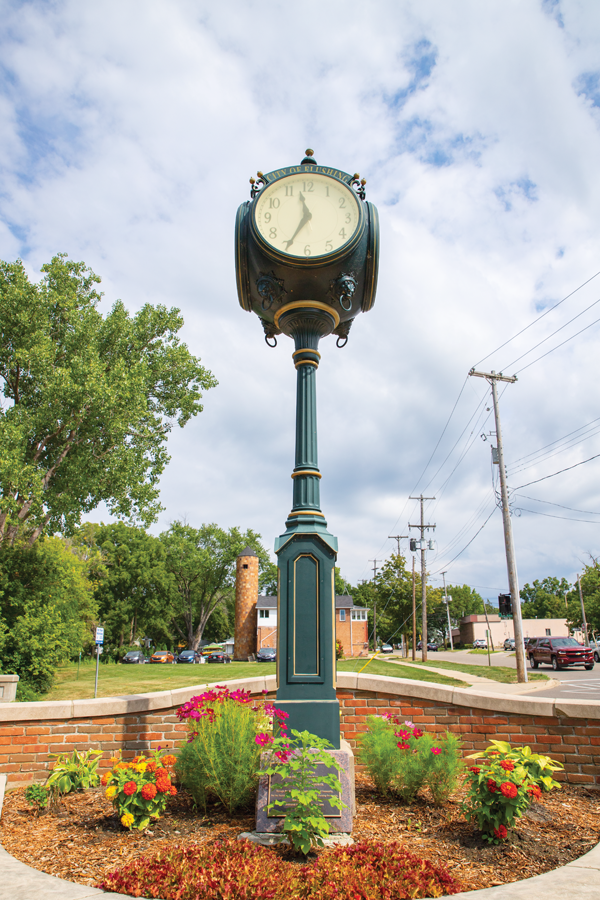
The iconic Flushing community clock.
On the old farm of Waterman Neff, a Detroit consortium began to develop the land for recreation. Designed by Wilfred Reid and William Connellan, the Flushing Valley Golf Club opened for business in 1930. The nine-hole course followed the run of the river and was the talk of the area until its closure in 1943. A modern clubhouse was built in 1961 and the course was expanded to 18 holes by 1973.
In 1947, the Rossell Family Funeral home opened to service the community and in 1948, Flushing Community schools found its mascot when Coach Richard Boniface suggested that the mascot be based upon the Marine Raiders from the Marine Corp of the United States Armed Forces. Flushing accepted and the school’s sports teams have been the Flushing Raiders ever since.
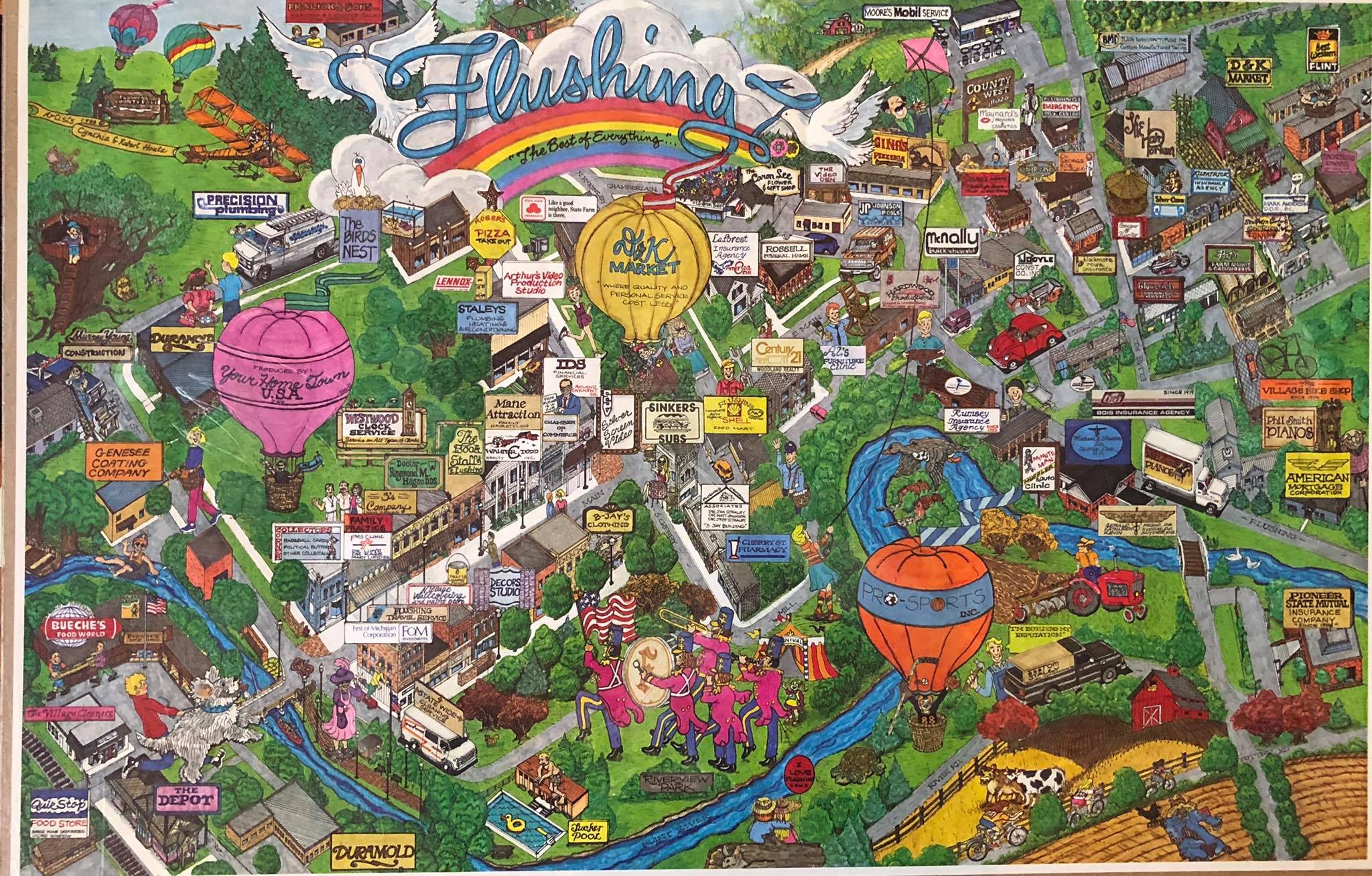
Just off Beecher Road on the Sammons Farm, a B-29 Superfortress aircraft crash landed. Of the five passengers, only one was killed. One passenger landed via parachute in a tree in front of Flushing Methodist Church. The other three survivors landed over the river on the Flushing Golf Course. An eyewitness thought the plane was going to hit her house, “I yelled to my kids to get out,” said Mrs. Daly. “Then I saw two men jump out. The last man jumped out when the plane was close to the ground. It looked like the plane hit his body.”
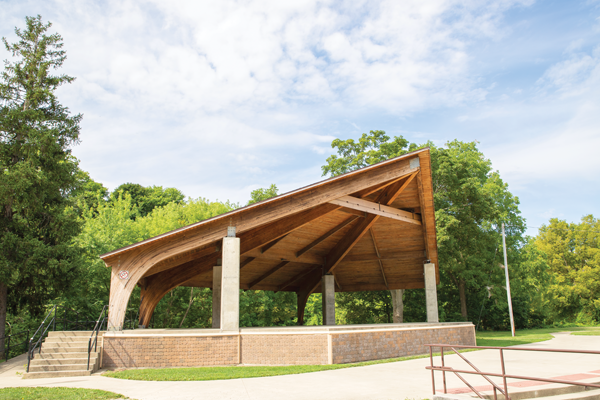
The first bandstand at Riverview Park was built in the late 1940s. A roof was added in 1994.
In the early 1940s, Max Tucker, a Flushing area philanthropist, made a fortune. Upon his death, he bequeathed $100,000 to the Village of Flushing. In his honor, the village opened the Tucker Community Pool in 1956, which would serve the village admirably for years until its demolition in 2019.
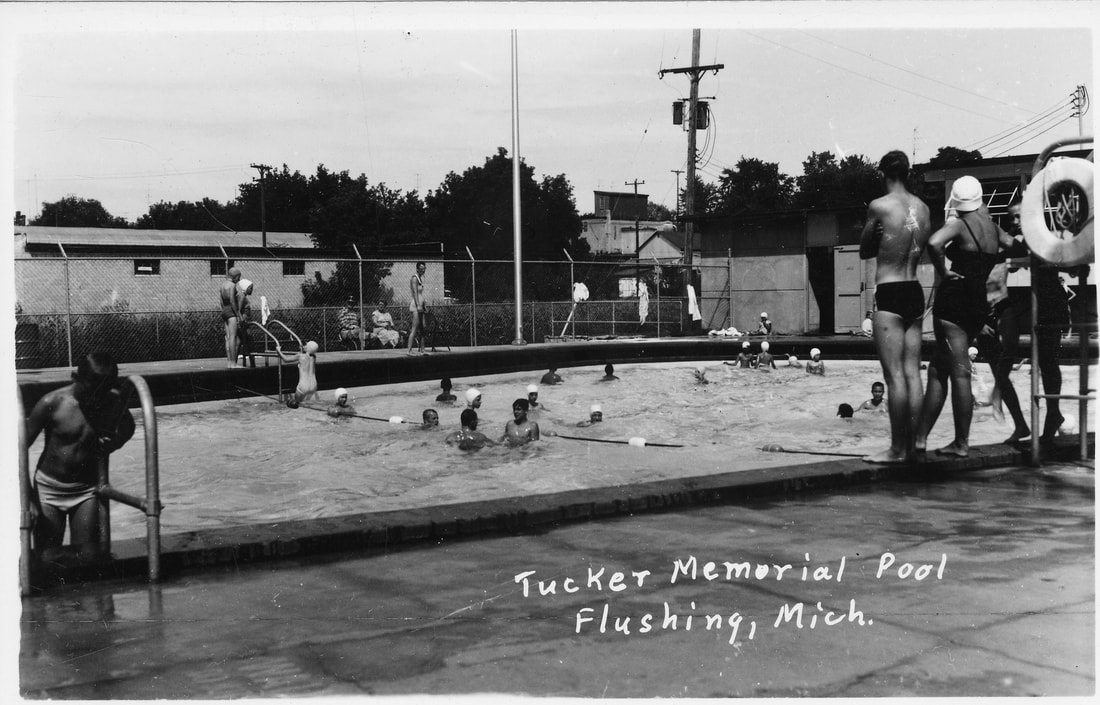
The Tucker Memorial Pool was built in 1956.
The 1960s brought with it a brand-new high school (1961) and the eye of the nation when Edmund Love wrote, The Situation in Flushing about growing up in town. The book was heralded by outside readers but emotions were mixed at home. In 1964, the Village of Flushing grew up and became a city. As time progressed, Flushing only became more wholesome. As the Flushing Depot accepted its final passenger in 1971, the community recognized it as an important piece of history and in 1997, it became a museum and home to the Flushing Area Historical Society. In 1983, the Flushing Candle Walk began and has become a cherished part of Genesee County’s holiday festivities. In 2005, a shining, new middle school was built.
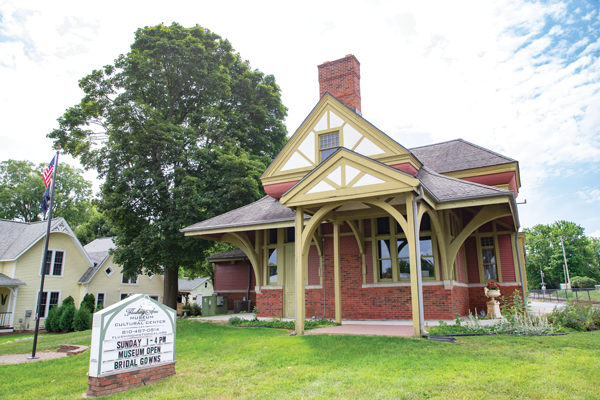
In 1997, the flushing rail depot became a museum and home to the flushing area historical society.
Flushing Township, Flushing and its community take great pride in the tradition and history of Genesee County and its people. The area is a steady and wise influence on the Genesee County populace, portraying the perfect example of calm and respect that outsiders have come to appreciate.
Photos provided by Flushing Area Historical Society and Kayce McClure
References
American Lumberman Magazine. (1905). Lewis Penoyer. Texas Transportation Archive. Retrieved from ttarchive.com/Library/Biographies/Penoyer-Lewis_1905_American-Lumberman-Biographies-Vol-1.html
Atkinson, A. (2011). The History behind the Raider. The Blazer. Retrieved from derekblalock.wordpress.com/2011/10/26/the-history-behind-the-radier/
Ellis, F. (1879). History of Genesee County Michigan. Everts & Abbott. Philadelphia, PA.
Free Press. (1951). Superfort Crashes on Michigan Farm. Newspapers.com. Retrieved from newspapers.com/clip/26403999/1951-b-29-crash/
Genesee District Library. (2020). Flushing Area Library. TheGDL.org. Retrieved from thegdl.org/flushing-area/
Goodspeedgratiotcountyhistorical. (2020). His name is Joe Gage…Goodspeed’s Gratiot County Historical Blog. Retrieved from goodspeedgratiotcountyhistorical.blog/2020/07/12/his-name-was-joe-gage-ithacas-first-black-fireman-boxer-barber-and-a-gentleman/
Parker. E. C. (1974). 1st timberman on Flint River. The County Press. Retrieved from parkers-history.orgfree.com/ThBrent.htm
Wood, E. (1916). History of Genesee County Michigan. Federal Publishing Company. Indianapolis, IN

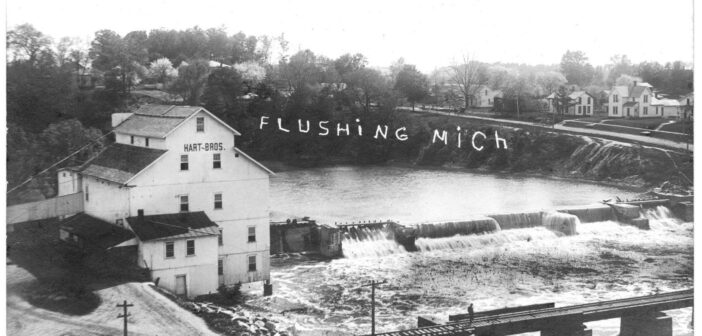










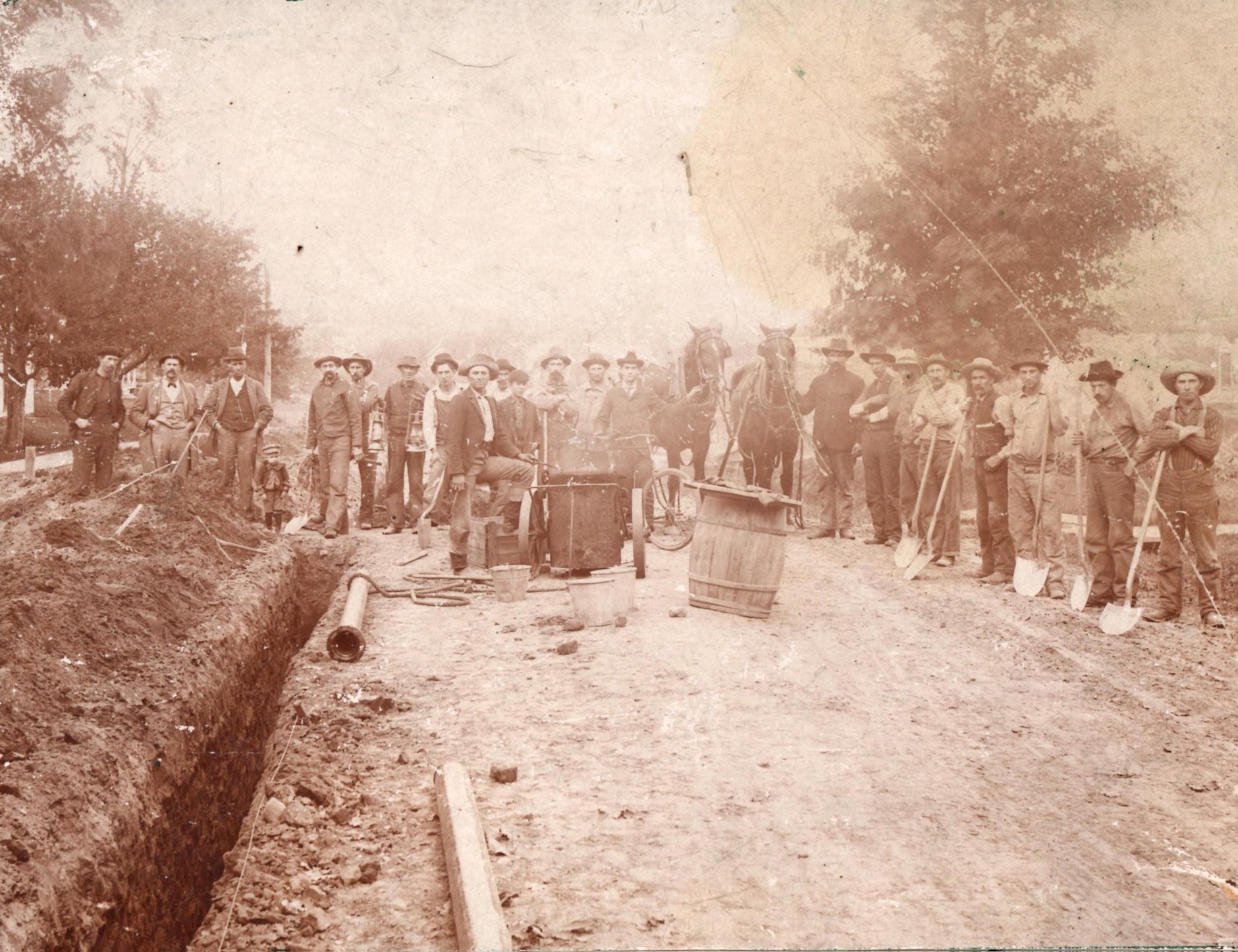
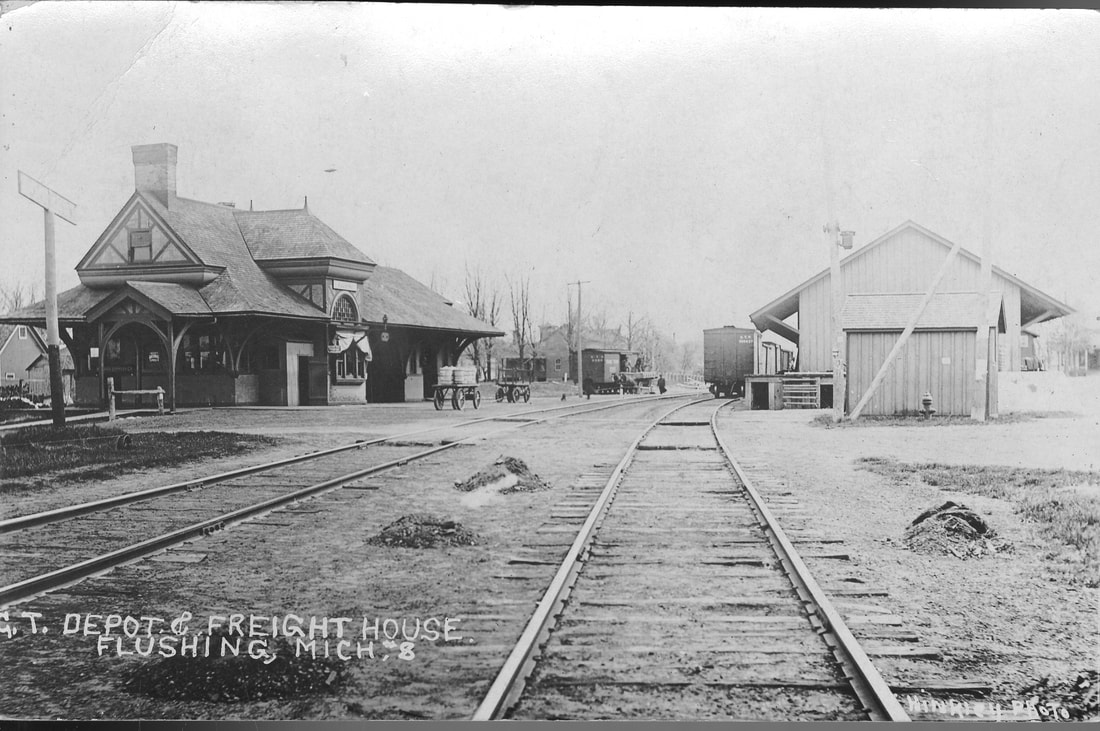
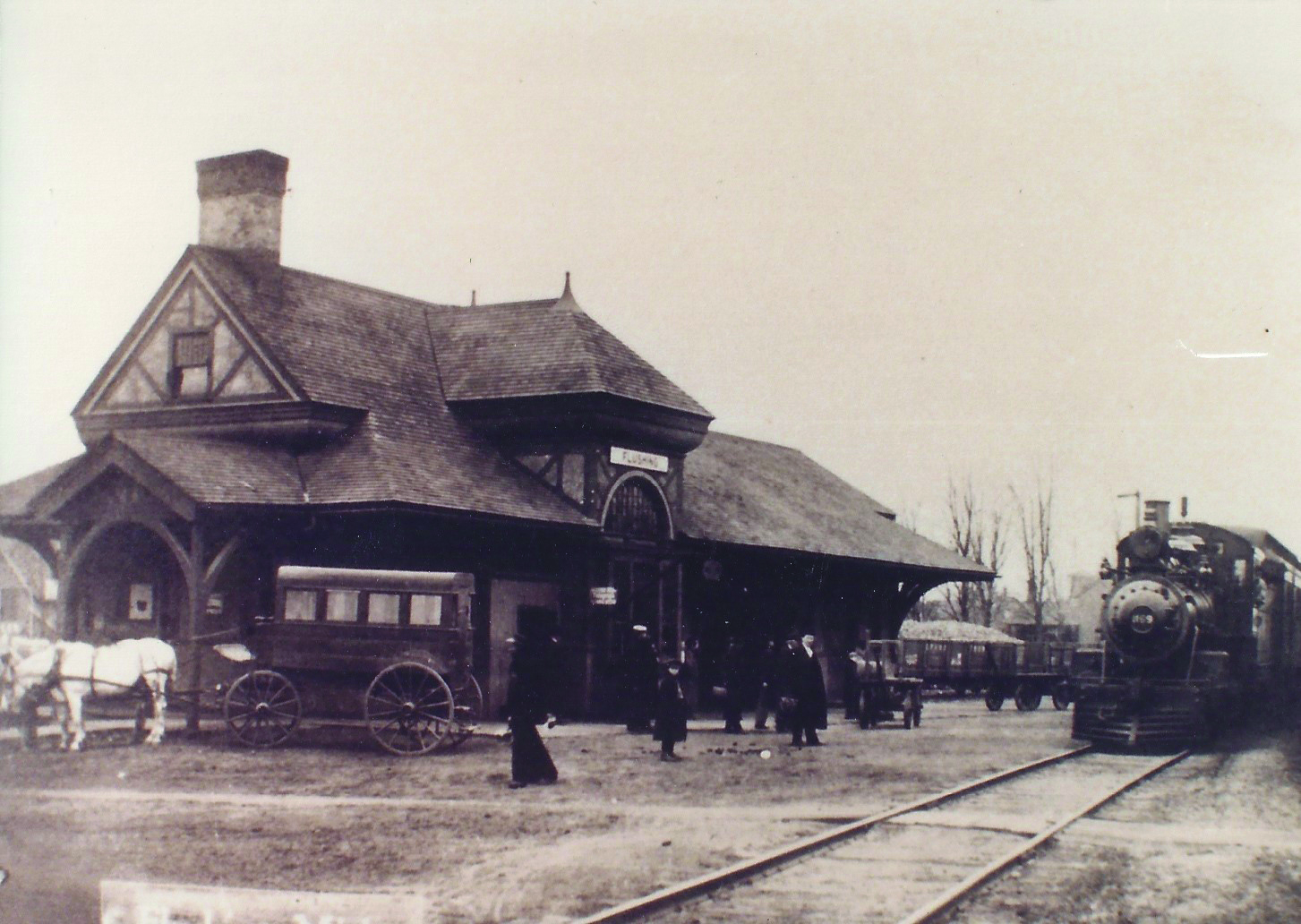
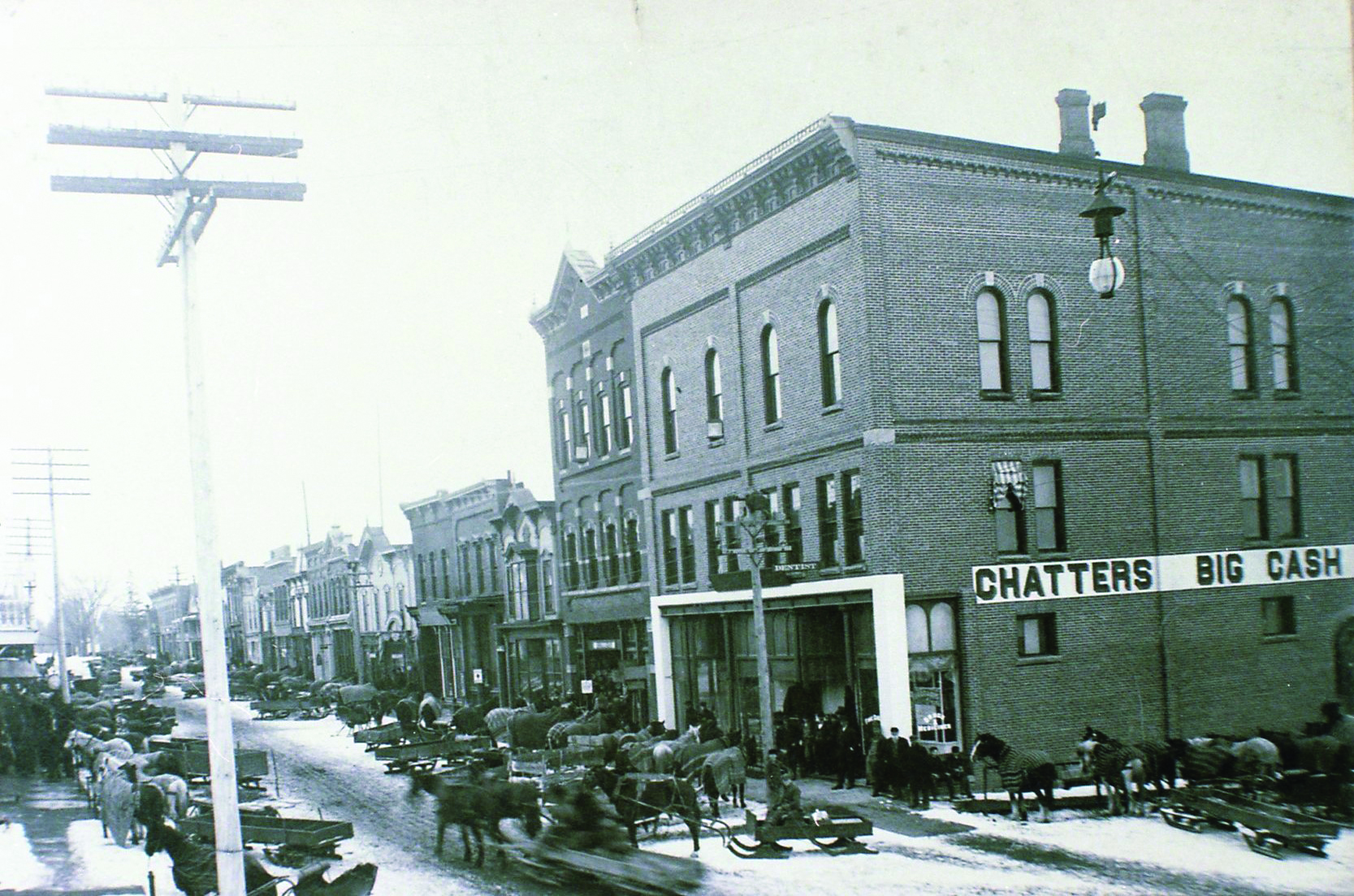
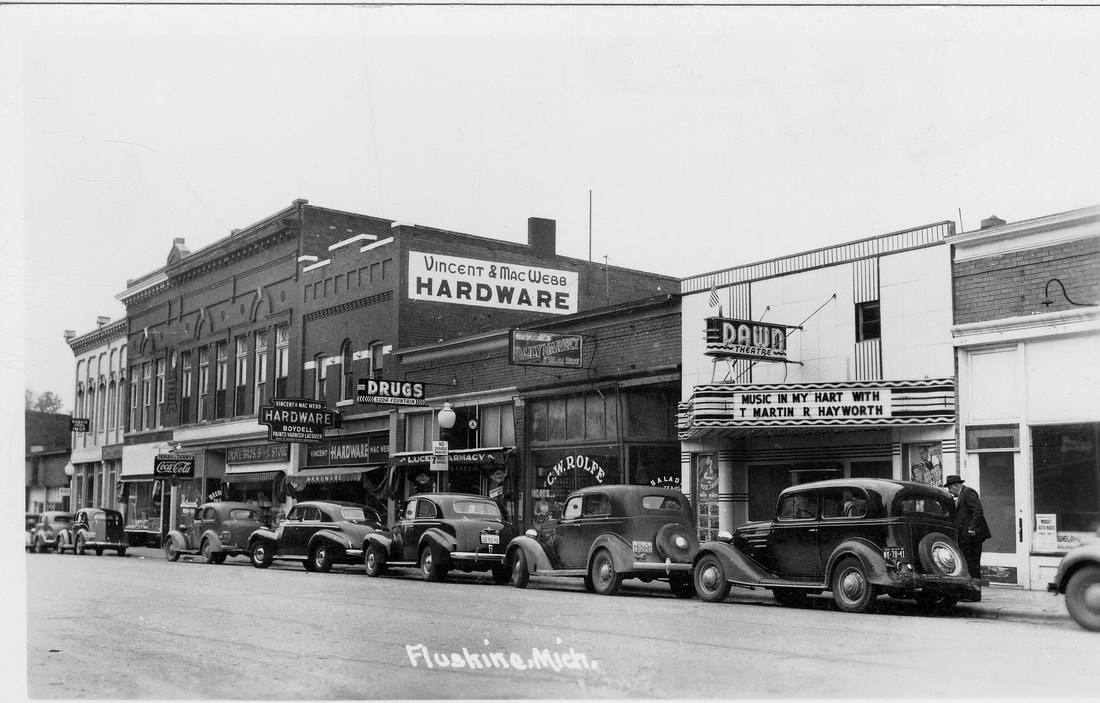
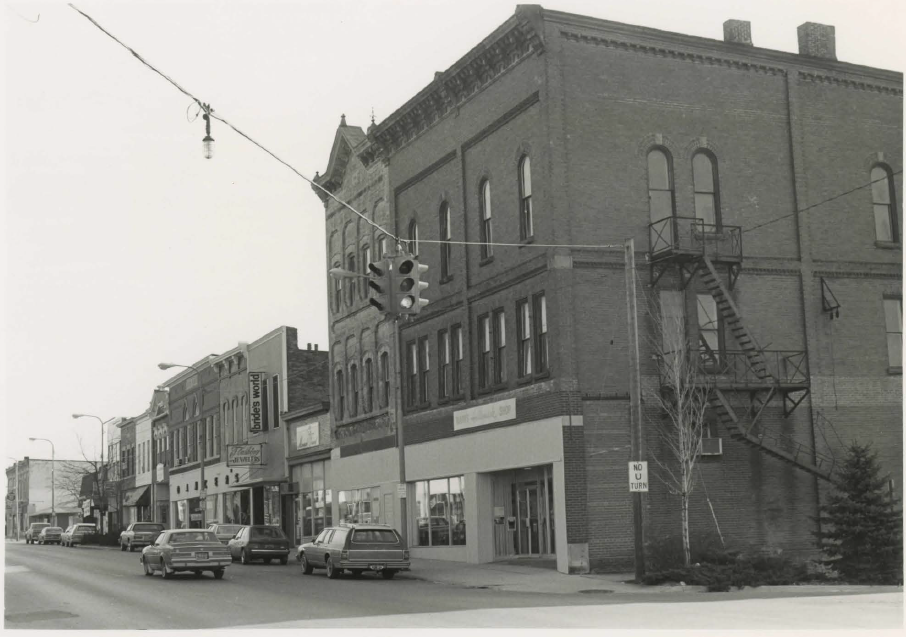
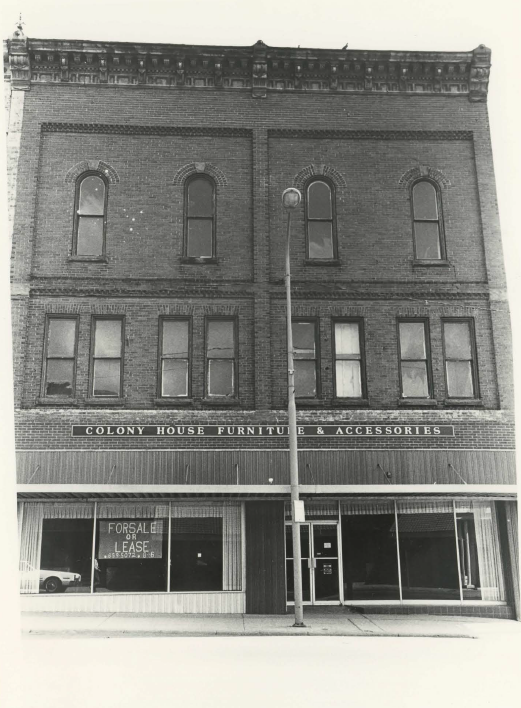
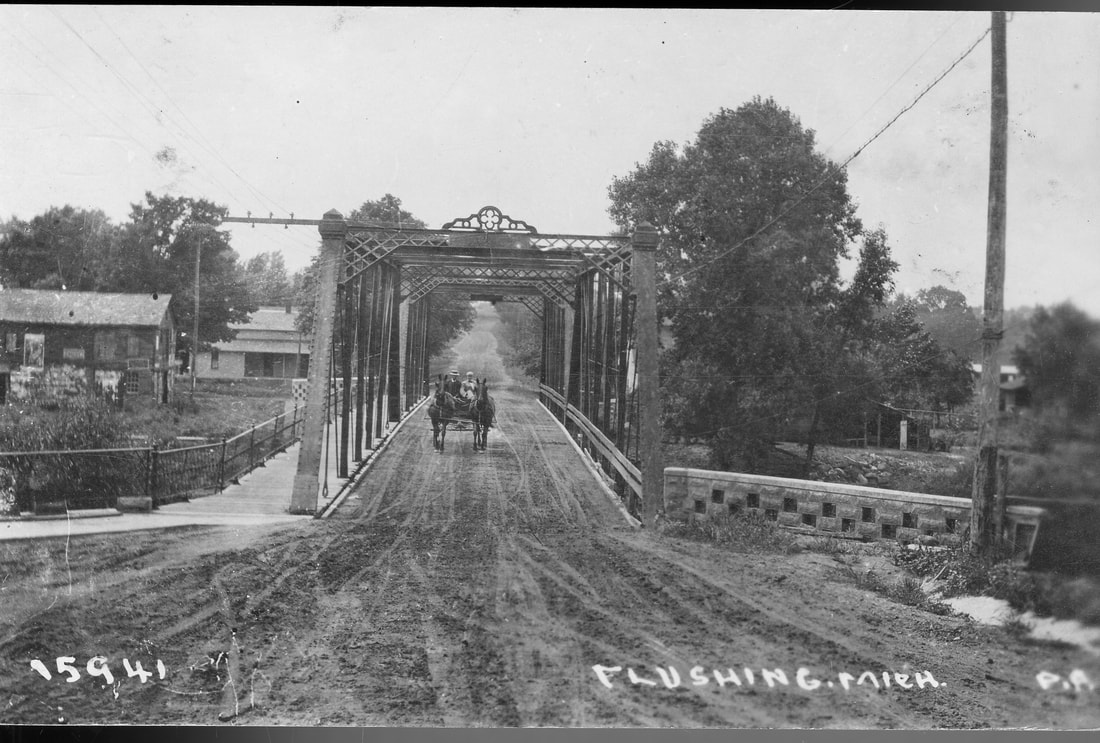
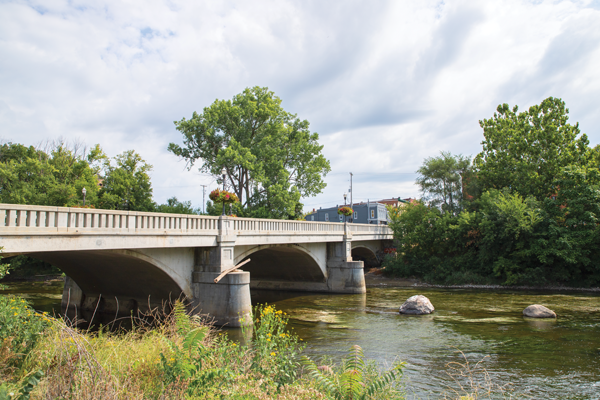
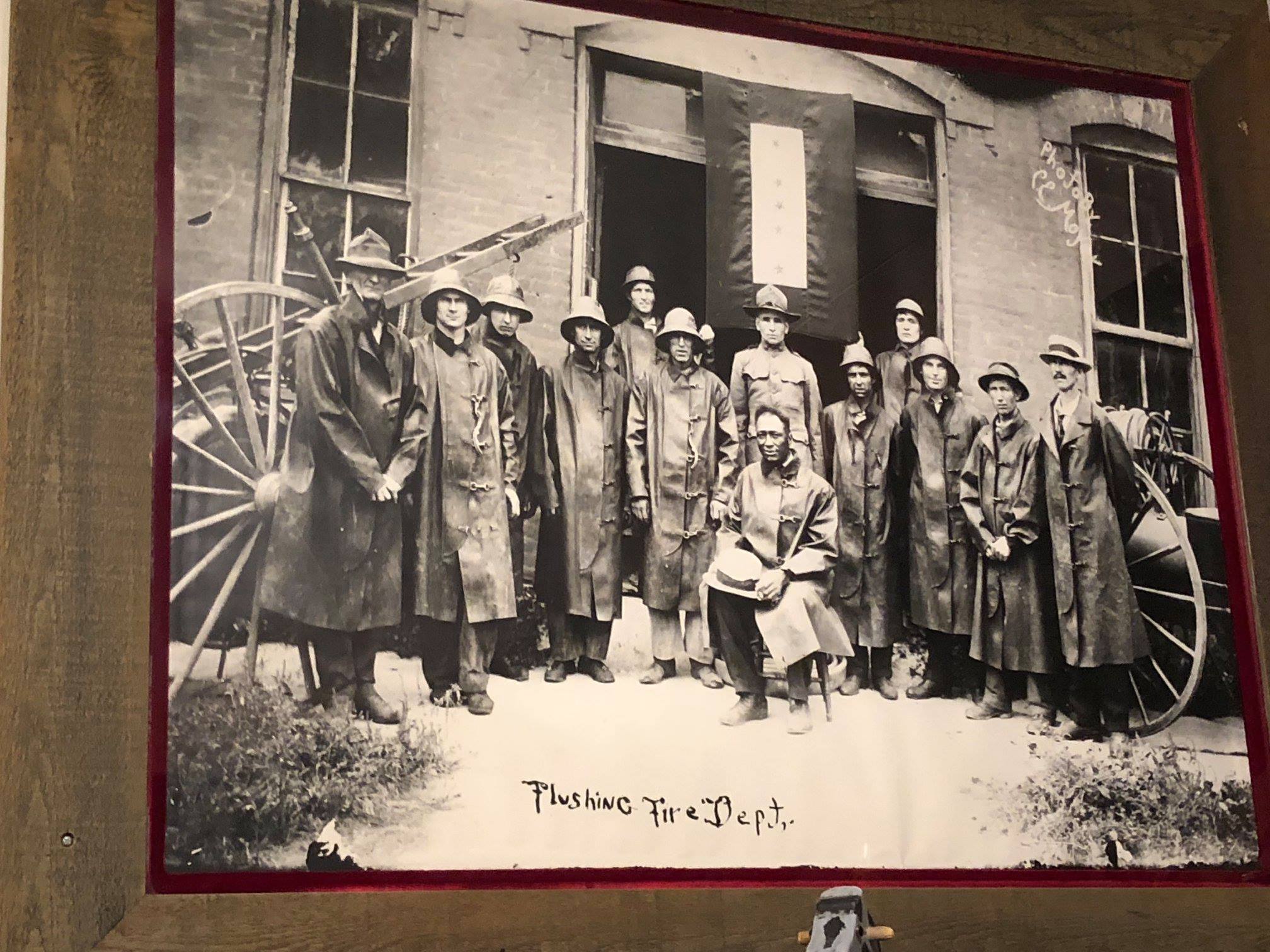
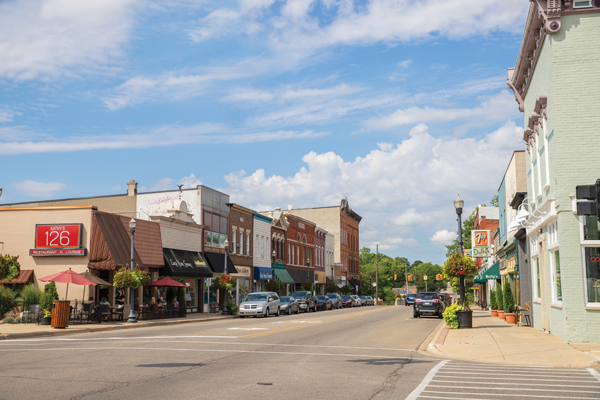
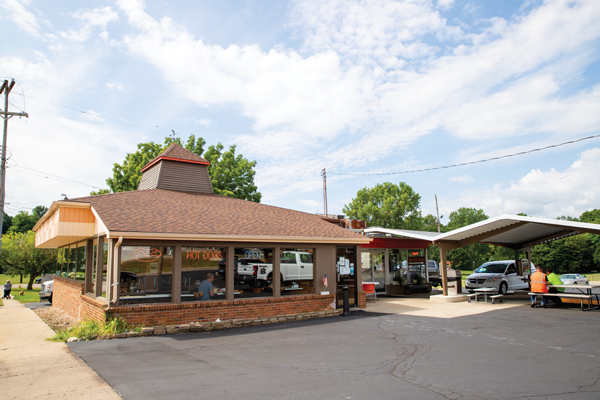
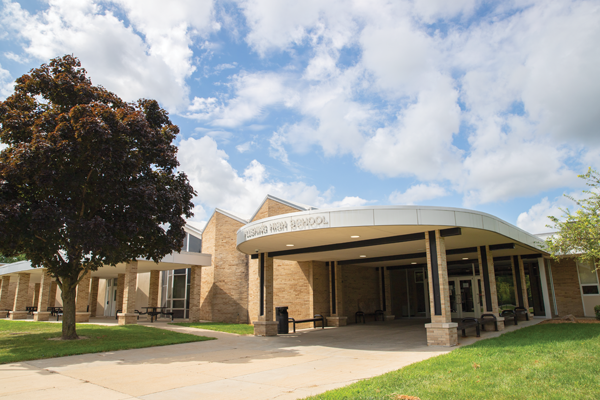
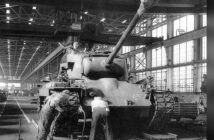


4 Comments
My 92 year old mother who was, and is again, a longtime resident found this history very interesting and informative. For a number of years her family lived in the house pictured just to the left of the train depot in the contemporary photo of the train depot. As a child I spent a lot of time in the railyard playing among the railcars.
Our house was at the bottom of the hill on North Seymour Rd. beside Cole Creek. The creek was my swimming hole, fishing hole, playground, and the old wooden train trestle was my jungle gym back in the day.
A good part of the land, including where Central Elementary and the Hut-West development are, once belonged to my ancestors, and there are some around who still remember when Flushing Florist was Bump’s. Sadly, neither the town nor the developers who bought the land (reportedly at — well, let’s say they got very good deals) ever named anything after any of our family members, and probably like many others who helped populate and grow the city their contributions will be entirely forgotten soon.
Fear not, David. Anyone who owns the three-volume Sesquicentennial History of Flushing will find ample documentation of the contributions made by the Bump family to the community – not the least of which was when we boarded Cookie the Welsh pony in the barn behind the flower shop. My family and I were regular Bump’s customers, and were also fellow worshipers at First Baptist Church.
Does anyone know if there ever was an elementary school across the street from Flushing High School, or really nearby? This would have been in the late ’50’s/early ’60’s, and it may have closed, forcing the students to switch schools to P.S. 107, much further away?